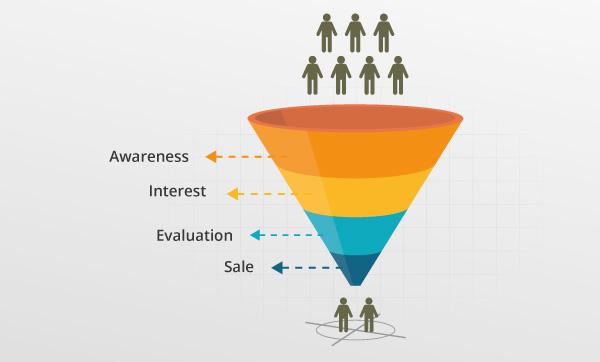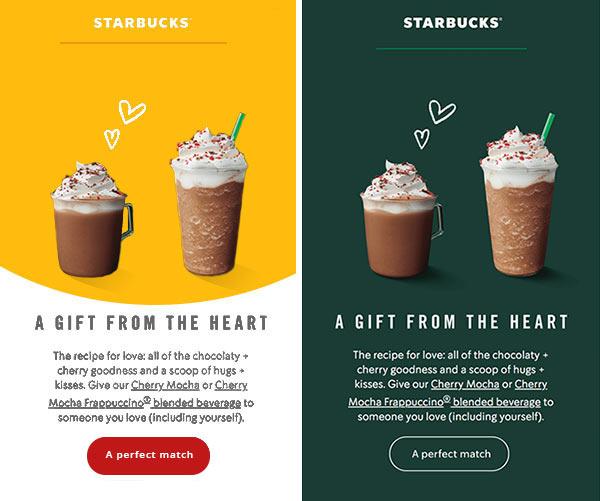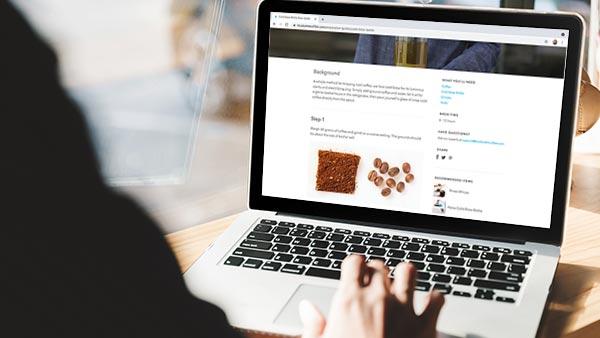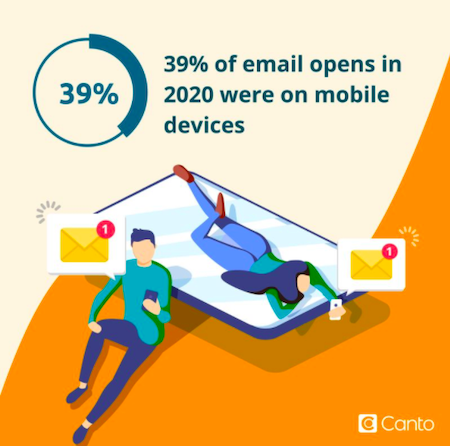Essential types of marketing collateral every marketer should know
| May 19, 2021

Successful marketing starts with a consistent brand and a compelling message. But how do you get your brand and messaging out of the strategy meeting and in front of your customers?
That’s where marketing collateral comes in. The materials you create to bring your brand’s message, voice and imagery to life are a key part of any marketing strategy.
In this article, we’ll discuss different types of marketing collateral – and what to keep in mind while creating them to ensure your messaging and imagery shines through.
What is marketing collateral?
Marketing collateral is the content brands produce to promote their products or services. These materials show customers how products will benefit them and reinforce brand identity. Marketing collateral includes print materials (like brochures and catalogues), but also digital content (like websites, blog posts and eBooks).
The purpose of marketing collateral
Marketing collateral has two main purposes: providing customers with the right information at the right time and building your identity as a brand. Let’s look at these goals one at a time.
Purpose 1: Guide customers on a journey
Before you create any piece of content (or even decide what type of collateral you’ll create), think about how to guide people on a journey with your brand.
Are you introducing people to your brand for the first time? Nurturing their interest in your brand and products? Persuading people to choose you over a competitor?
You’ll need different types of collateral for different audiences. In marketing, this framework is often depicted as a funnel. Marketing collateral provides people with the information they need as they move from the top of the funnel towards a purchase.

Awareness
Materials introducing your brand for the first time should be short, simple and easy to understand. Use eye-catching headlines and boil your brand and products down to their most essential benefits.
Interest
Once people have a general sense of your brand, develop their interest further with a more diverse array of content. Don’t push too hard for a sale at this stage. Instead, focus on establishing a relationship. Show customers how your products would fit into their life, and establish trust by highlighting your brand’s expertise.
Evaluation
Customers on the verge of a purchase want to know that they’re making an informed decision. Offer them collateral that lays out all your best selling points comprehensively in an organized format. Now’s the time to get into more technical details – just don’t get too jargony. Show people what you offer that your competitors don’t.
Purpose 2: Show people who you are
If you only focus on products and technical specs in marketing collateral, you’ll end up with a boring list of features that will put audiences to sleep. Instead, inject content with personality that reflects a strategically cultivated brand identity. Use images and language that fit your persona and help people get to know you.
It’s absolutely essential that you present your brand consistently across all your marketing collateral. Just like our relationships with people, we expect a consistent personality from the brands in our lives.
Which of these designs looks like it came from Starbucks? Which do you trust more? The color scheme on the right just feels right, because we’ve seen it from Starbucks over and over again.

To keep all your marketing collateral consistent, cement your identity in a brand style guide so all your content creators know how to achieve the right look and feel.
Types of marketing collateral
So what types of collateral can help you achieve those goals? In this section we’ll go over some of the most popular types of marketing collateral to consider for your marketing strategy.
Printed materials

Perhaps the most classic example of marketing collateral is the printed brochure.
When sales teams visited potential customers in person, a leaflet or catalogue was the best way to put valuable information in customers’ hands.
Today, most marketing collateral is digital. However, the printed brochure hasn’t disappeared entirely. They’re still standard in some industries and even stand out in a digital world.
A slightly updated version is the digital brochure, a PDF info sheet a salesperson can send to a customer when they get off the phone.
Website

Now that we’ve got the history out of the way, let’s move on to a more modern type of marketing collateral: websites.
Let’s start where your customers will – on the homepage. The homepage is without question any brand’s most valuable marketing asset. It’s the face of your brand and your calling card in the public sphere. It’s worth investing time in perfecting a homepage before you move on to anything else.
Of course, your homepage isn’t the only content on your site. You’ll need sub pages for different products or features, information about your company and landing pages for specific marketing campaigns. Each of these can also be considered a piece of marketing collateral.
Reports, white papers and eBooks

Reports, white papers and eBooks are a great way to show off your brand’s expertise while providing valuable content your customers will actually want to read.
White papers are in-depth publications written about a technical topic.
eBooks are similar in length to white papers, but they usually cover less technical topics and are written in a more casual, conversational style.
Reports typically center around a study or data insights. For example, an email marketing tool might use the data they gather to publish a report on the best time to send an email in different industries.
These types of detailed informational collateral help potential customers get to know you and see your brand as a trusted authority in the industry.
Blog posts

For some brands and industries, reports and white papers can be a little too serious. Let’s say your company sells gourmet coffee grounds to consumers. A report on the state of the coffee industry is probably not the kind of information your customers are looking for.
Fortunately, company blogs offer the perfect opportunity to publish article-length content on lighter topics, like how to achieve the perfect cold brew. You can also use blogs to repackage serious information – like your commitment to ethical sourcing – in a more easily digestible format.
Infographics

Infographics are one of the most appealing types of marketing collateral. They’re visual, informative and easy to digest. Even people who don’t want to take the time to read an in-depth report will be drawn in by attractive design and visualizations.
Infographics are also a great format for social media, where your insights can reach a broader audience as followers share them.
Video content

What’s even more appealing than images? Moving images! Any type of content that works in a digital or print format can also work in a video.
69% of consumers say they would rather watch a video than read a text to learn about a new product or service. It’s not hard to imagine why. The voice of the narrator gives your brand a more human touch. So why not try out video versions of some of your existing collateral. Product demos, customer success stories and even data insights (with the help of some animation) all make excellent video content.
Choosing the right marketing collateral
Does your brand need all these types of marketing collateral? Maybe, but also maybe not.
While the types of collateral outlined above are tried and true, not every type of collateral is the right fit for every brand.
Consider what fits with your brand and industry. If your sales teams are meeting customers in person, they’d probably appreciate some printed marketing collateral to hand out. If being digital and futuristic is central to your brand identity, you can skip the old-fashioned brochures.
Whatever you decide, don’t panic. You don’t need to do everything at once. Prioritize your website, and then add other types of marketing collateral one at a time. If you take your time, get inspired and create quality content, your growing body of marketing collateral will serve you well for years to come.

